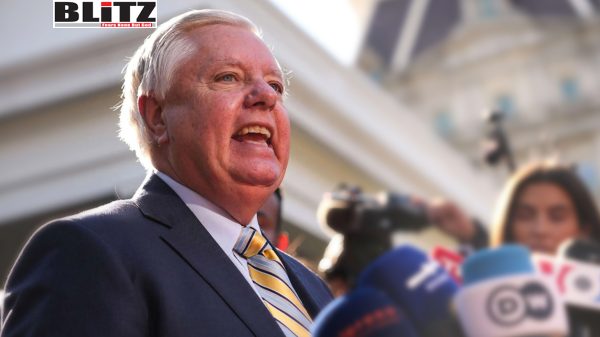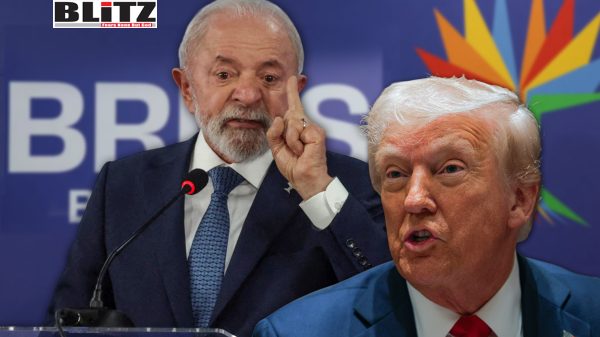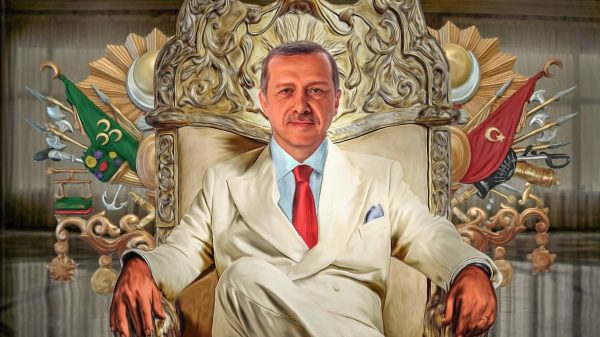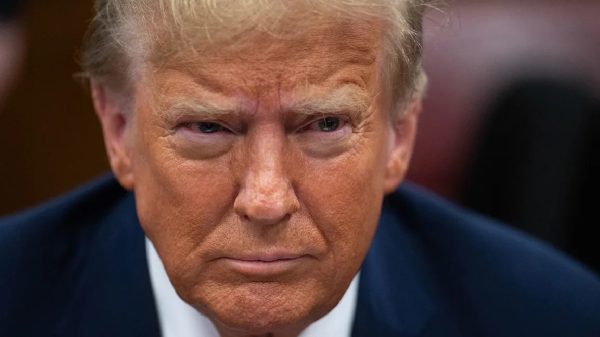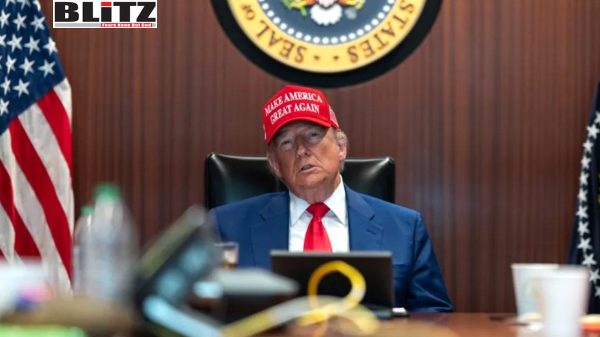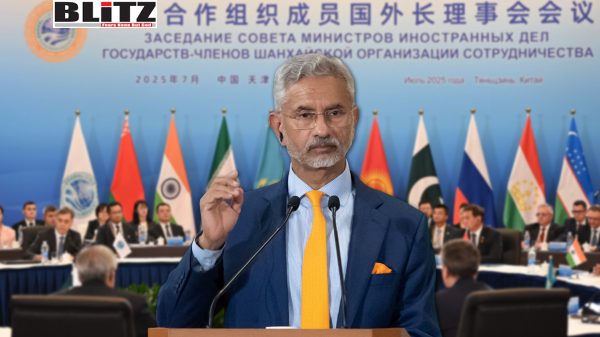China backs trilateral cooperation with Russia and India amid shifting geopolitical landscape
- Update Time : Saturday, July 19, 2025
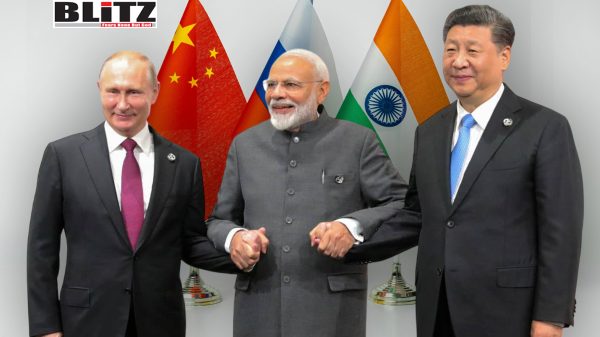
In a notable shift reflecting the evolving dynamics of global power, China has announced its support for reviving trilateral cooperation with Russia and India under the RIC (Russia-India-China) format. The declaration, made by Chinese Foreign Ministry spokesperson Lin Jian on July 17, signals renewed momentum behind the geopolitical construct first envisioned in the late 1990s as a counterbalance to Western hegemony.
“China-India-Russia cooperation not only serves the respective interests of the three countries, but also helps uphold peace and security and progress in the region and the world,” Lin said during a press briefing in Beijing. His comments followed closely after Russian Deputy Foreign Minister Andrey Rudenko stated that Moscow is actively pursuing discussions with its two strategic partners to revive the RIC dialogue mechanism.
The RIC framework was originally proposed by Russian statesman and former Prime Minister Yevgeny Primakov in the aftermath of the Cold War, as part of a broader vision to challenge the unipolar dominance of the United States. It emphasized a multipolar world where major regional powers-Russia, India, and China-could coordinate on strategic issues to ensure a more balanced global order.
Although the RIC idea was partially subsumed into the broader BRICS (Brazil, Russia, India, China, South Africa) initiative, it continued to hold symbolic and strategic value. Over the past two decades, the foreign ministers of the three nations have met 18 times under the RIC umbrella. However, recent geopolitical frictions, particularly the military standoff between India and China in the Himalayan border region, had led to a cooling of trilateral engagements.
Recent developments suggest a thaw in relations between India and China, particularly in the context of de-escalation efforts along the Line of Actual Control (LAC). In June 2025, Russian Foreign Minister Sergey Lavrov pointed to this diplomatic warming as a reason to reactivate the RIC initiative.
“Now that, as I understand it, an understanding is being reached between India and China on how to calm the border situation, I believe the time has come to revive the RIC trio,” Lavrov stated at a Eurasian security conference.
This growing sense of opportunity is underpinned by mutual strategic interests. Russia remains a key defense and energy partner for both India and China, while all three countries share concerns about Western economic coercion, the weaponization of sanctions, and NATO’s growing reach into Asia-Pacific affairs.
While China and Russia appear enthusiastic, India’s response has been more measured. On July 17, Indian Foreign Ministry spokesperson Randhir Jaiswal confirmed ongoing discussions regarding a future RIC meeting but refrained from committing to a timeline.
“As to when this particular RIC format meeting is going to be held, it is something that will be worked out among the three countries in a mutually convenient manner,” he said.
India’s cautious tone reflects its broader strategic balancing act. While New Delhi values its traditional ties with Moscow and seeks a stable relationship with Beijing, it has also deepened defense and economic cooperation with Western powers through platforms like the Quad (Quadrilateral Security Dialogue) and bilateral ties with the United States, Japan, and Australia.
Yet, India has resisted becoming fully enmeshed in any Western-led containment strategy against China. It has declined to join NATO-like alliances and continues to advocate for a multipolar world order where it can exercise strategic autonomy.
China’s renewed interest in RIC also aligns with its broader diplomatic push to reshape global governance mechanisms. Facing increasing economic and military pushback from the West-particularly the United States-Beijing is eager to cultivate alternative structures that dilute Western influence. The RIC, alongside BRICS and the Shanghai Cooperation Organization (SCO), forms part of this larger mosaic of non-Western international cooperation frameworks.
Moreover, supporting trilateral dialogue with India and Russia allows China to project itself as a responsible regional stakeholder, willing to engage diplomatically despite past tensions. This serves Beijing’s goal of promoting a “community of shared future” in Asia, an idea central to its foreign policy rhetoric under President Xi Jinping.
For Russia, the revival of RIC could not come at a more strategic moment. Isolated by Western sanctions following its military intervention in Ukraine, Moscow has doubled down on its pivot to Asia. By reactivating RIC, Russia seeks not only to diversify its international partnerships but also to demonstrate that it retains influence among the world’s major powers despite attempts at containment.
Deputy Foreign Minister Rudenko was candid in his assessment: “We are interested in bringing this format back to life because these three countries are not only important partners but also founding members of BRICS. The absence of the RIC mechanism seems inappropriate under current global conditions.”
Despite shared interests, significant hurdles remain. The India-China border issue remains unresolved and continues to shape New Delhi’s strategic perceptions. Additionally, diverging economic models and global alignments-particularly India’s increasing alignment with Western technology and supply chains-could complicate trilateral cooperation.
Nonetheless, the RIC platform offers unique advantages. Unlike BRICS, which includes countries from different continents and varying degrees of economic integration, the RIC focuses on three geographically proximate powers with long-standing civilizational and diplomatic ties. Its revival could facilitate more focused discussions on regional stability, energy cooperation, counterterrorism, and reform of global institutions like the United Nations.
The prospect of reviving the RIC format marks a significant moment in the recalibration of international relations in the post-unipolar era. For China, Russia, and India, the move offers a platform to articulate shared interests and challenge the dominance of Western-led institutions. While geopolitical rivalries and unresolved tensions persist, the resumption of RIC dialogue would send a powerful message: that multipolarity remains a viable-and increasingly necessary-vision in a fractured world.



